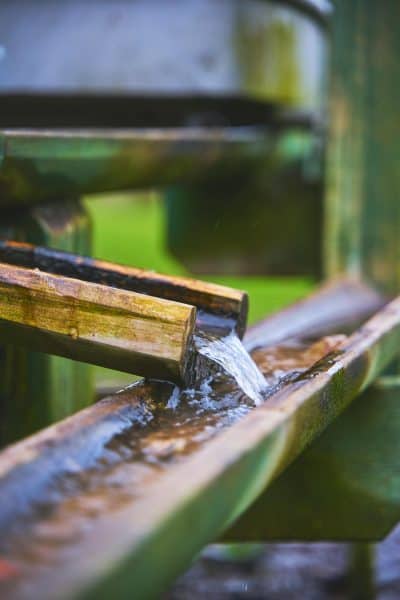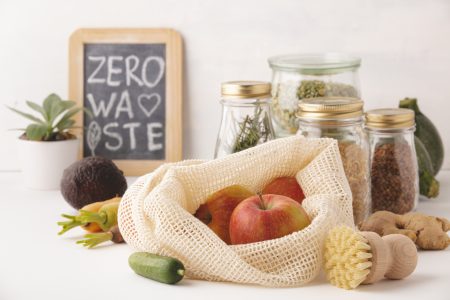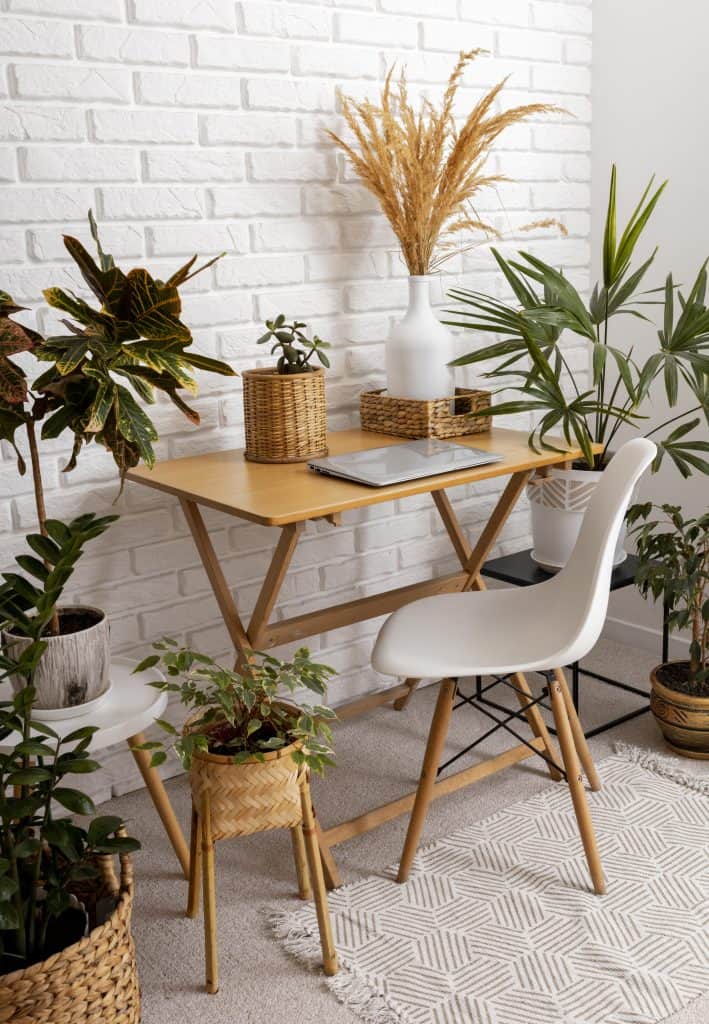
In This Article
In the hustle and bustle of modern life, the quest for tranquillity and a connection to nature has led individuals to seek solace within the confines of their homes. A burgeoning trend has taken root, transforming living spaces into lush sanctuaries—Indoor Oasis, where the allure of nature is seamlessly integrated into interior design.
This movement has witnessed a surge in the adoption of indoor plants, transcending traditional notions of decor to cultivate a harmonious blend of aesthetics and well-being. As the Indoor Oasis gains momentum, it becomes imperative to explore the myriad benefits that these verdant companions bring to our homes and lives.
Benefits of Indoor Plants
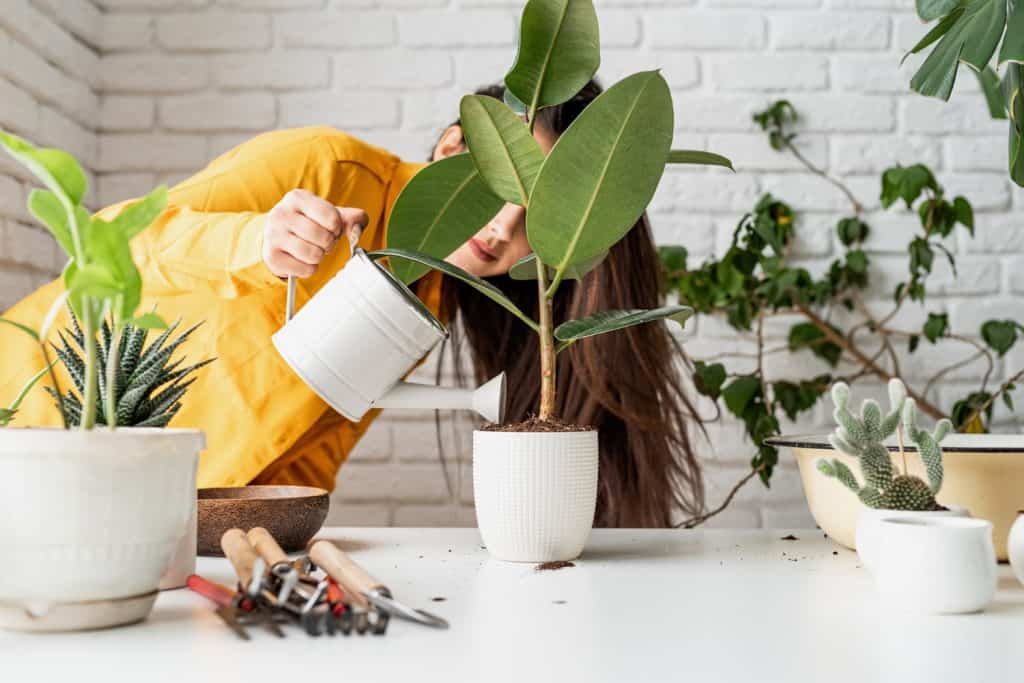
Improved Air Quality
Indoor plants act as natural air purifiers, enhancing the quality of the air we breathe within our homes. Through a process known as photosynthesis, plants absorb carbon dioxide and release oxygen, contributing to a healthier indoor environment. Moreover, certain plants, such as the Spider Plant and Peace Lily, have been proven to filter out common pollutants like benzene and formaldehyde, promoting respiratory health and reducing the risk of airborne illnesses.
Enhanced Mental Well-being
The therapeutic impact of indoor plants on mental health cannot be overstated. The presence of greenery has been linked to reduced stress levels, anxiety, and feelings of fatigue. Studies have shown that interacting with indoor plants can elevate mood and foster a sense of calmness. The act of nurturing and caring for plants provides a meditative experience, allowing individuals to disconnect from the demands of daily life and reconnect with the rhythm of nature.
Aesthetic Appeal and Décor
Beyond their health benefits, indoor plants have emerged as integral elements of contemporary interior design. With a diverse array of shapes, sizes, and textures, they offer endless possibilities for creative expression. From the sleek minimalism of a snake plant to the bold foliage of a fiddle leaf fig, indoor plants add a touch of natural elegance to any space. The visual appeal of plants contributes to a visually stimulating and dynamic living environment, turning homes into personalized botanical retreats.
Stress Reduction and Productivity Boost
Incorporating indoor plants into workspaces has been shown to reduce stress and increase productivity. Greenery in the office or home office setting has a calming effect, reducing feelings of tension and promoting focus. This positive influence on cognitive function has led many to recognize indoor plants as valuable allies in the quest for a balanced and productive work-life environment.
Humidity Regulation
Indoor plants play a vital role in regulating humidity levels, especially in enclosed spaces with artificial heating or cooling. Plants release moisture during transpiration, thereby increasing humidity. This natural humidifying effect is particularly beneficial in dry climates or during the winter months when indoor heating systems can lead to drier air, contributing to skin and respiratory issues.
Popular Indoor Plants
1. Snake Plant (Sansevieria)

Known for its resilience and air-purifying qualities, the snake plant is a popular choice for both novice and experienced plant enthusiasts. Its upright, sword-like leaves add a sculptural element to any space, and it thrives in low light conditions.
2. Pothos (Epipremnum aureum)
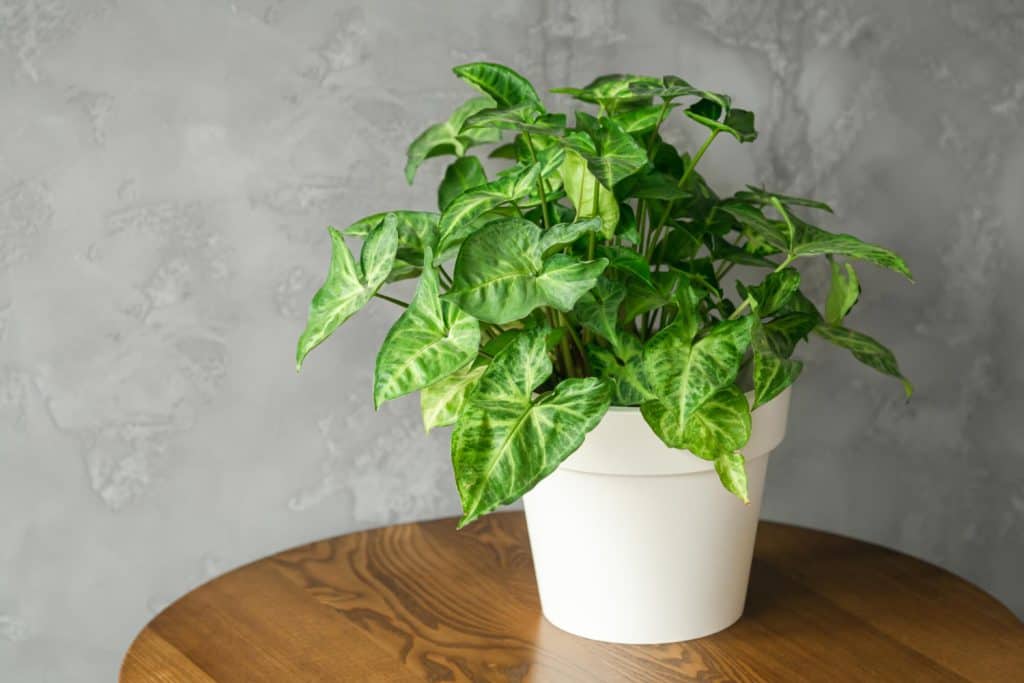
With cascading vines and heart-shaped leaves, pothos is celebrated for its versatility and ease of care. It adapts to various light conditions, from low to bright indirect light, and is an excellent choice for those new to indoor gardening.
3. ZZ Plant (Zamioculcas zamiifolia)

The ZZ plant is prized for its glossy, dark green foliage and its ability to tolerate low light and irregular watering. This hardy plant adds a touch of modern elegance to spaces and is an ideal choice for those with a busy lifestyle.
4. Fiddle Leaf Fig (Ficus lyrata)
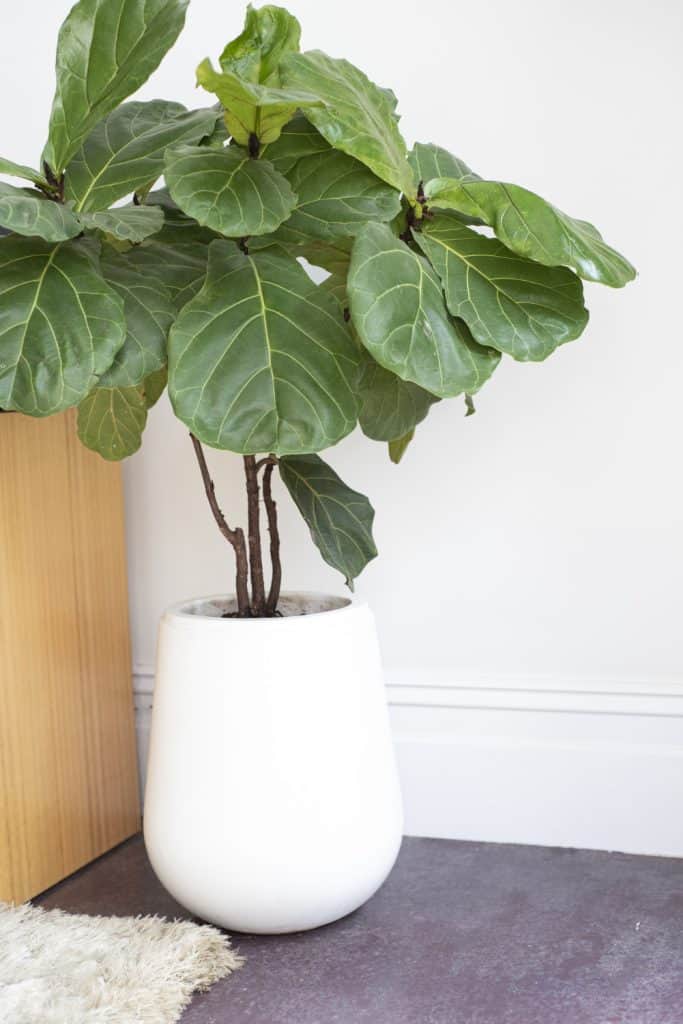
The fiddle leaf fig has become an iconic choice for interior decor, known for its large, violin-shaped leaves. While it requires a bit more attention to light and water, the aesthetic payoff is well worth the effort, making it a staple in trendy and stylish interiors.
5. Monstera (Monstera deliciosa)
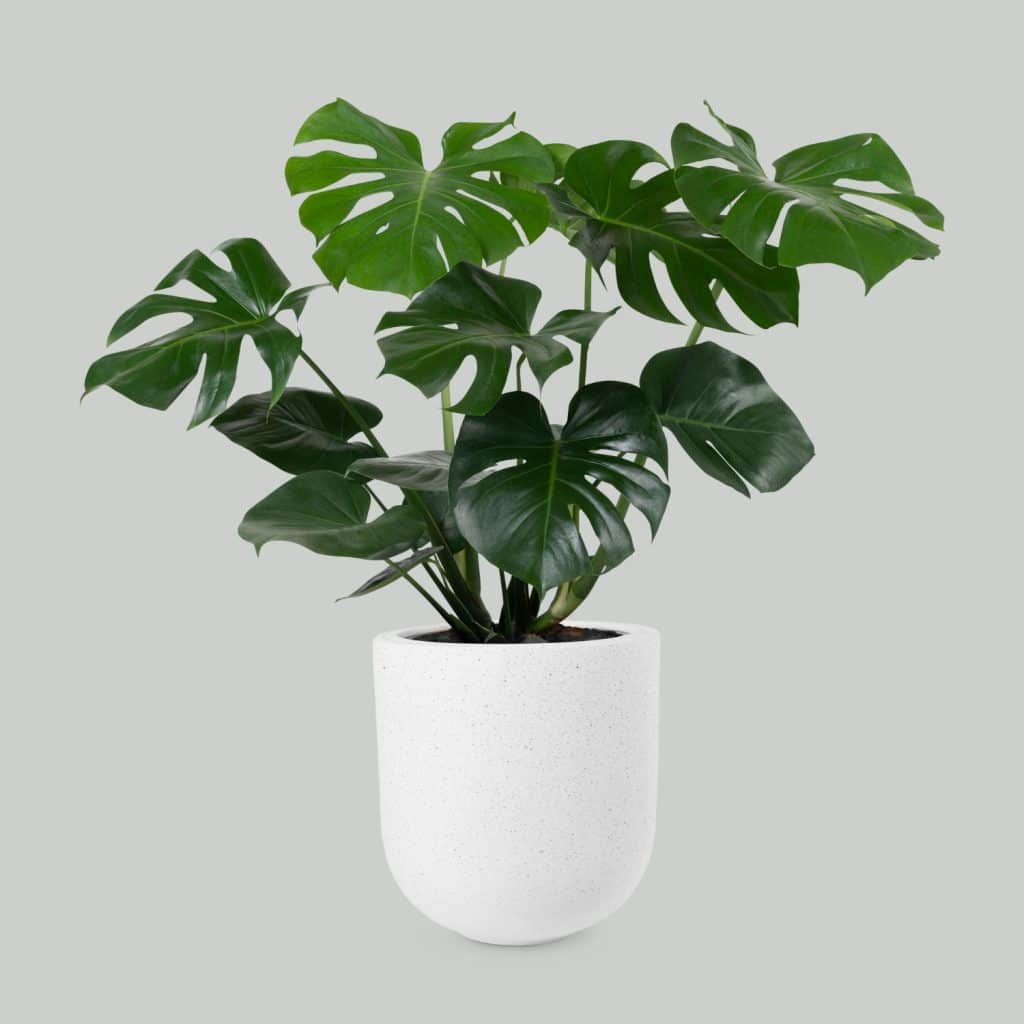
Recognizable for its distinctive split leaves, the monstera has gained widespread popularity for its tropical charm. This plant thrives in bright, indirect light and adds a bold and playful element to indoor spaces, making it a favourite among design enthusiasts.
6. Rubber Plant (Ficus elastica)
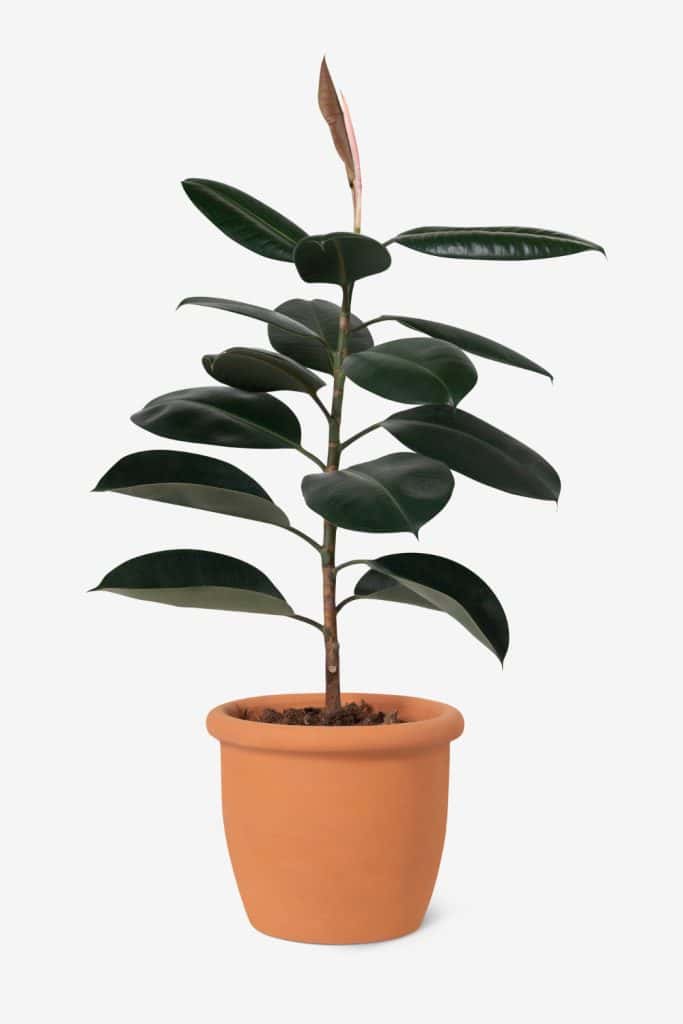
The rubber plant is characterized by its thick, rubbery leaves and upright growth habit. It adapts well to different light conditions and is known for its air-purifying qualities. The rubber plant is a classic choice for those seeking a low-maintenance yet visually appealing addition to their indoor oasis.
Creating an Indoor Oasis
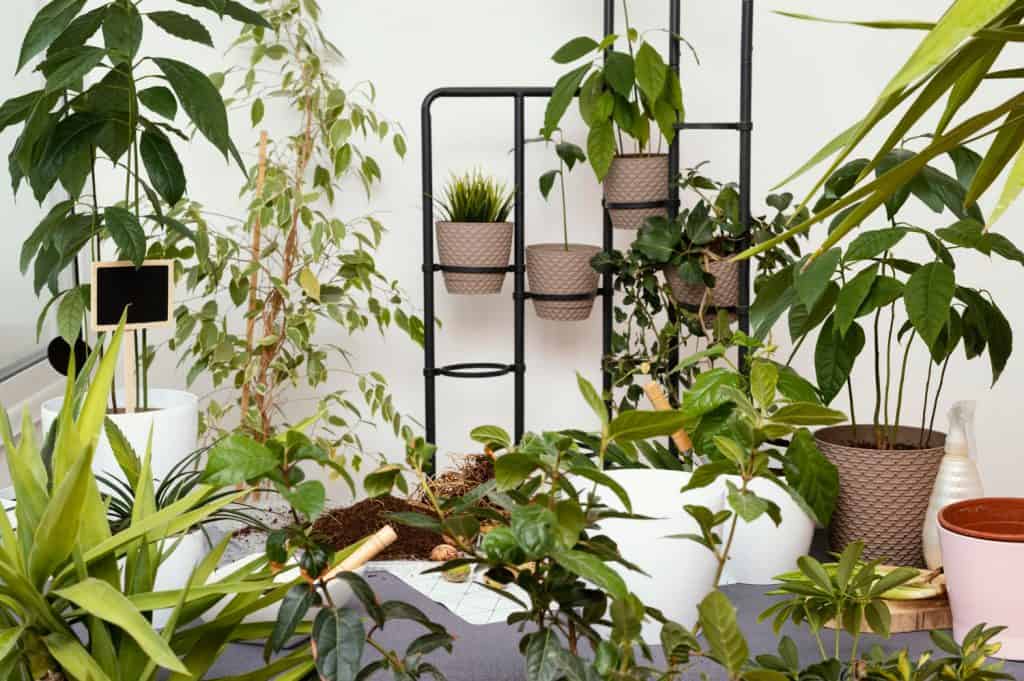
Selecting the Right Plants for Your Space
Choosing indoor plants requires consideration of factors such as light levels, humidity, and available space. Low-light plants like snake plants are suitable for rooms with minimal natural light, while plants like fiddle leaf figs thrive in bright, indirect sunlight. Mixing different types of plants adds depth and visual interest to your indoor oasis.
Choosing Stylish Planters and Containers
Elevate the aesthetic appeal of your indoor oasis by selecting stylish planters that complement your decor. From minimalist ceramic pots to decorative baskets, the choice of containers can enhance the overall visual impact of your plant arrangement. Consider the size and style of each plant when selecting containers for a cohesive look.
Arranging Plants for Optimal Aesthetic Impact
The arrangement of plants plays a crucial role in creating an indoor oasis. Experiment with varying heights, textures, and colours to achieve a balanced and visually appealing composition. Consider placing taller plants like fiddle leaf figs as focal points, while cascading plants like pothos can add a sense of flow and movement.
Incorporating Natural Elements
To amplify the indoor oasis ambience, integrate natural elements such as pebbles, moss, or driftwood into your plant displays. These elements not only enhance the visual appeal but also create a more immersive and organic experience within your living space.
Creating Functional Zones
Designate specific areas within your home as plant-focused zones. Whether it’s a dedicated corner with a variety of plants or strategically placing plants in areas that need a touch of greenery, creating functional zones ensures that the indoor oasis seamlessly integrates with your daily life.
Personalizing Your Indoor Oasis
Infuse your personality into the indoor oasis by selecting plants and decor that resonate with your style. Consider the ambience you want to create—whether it’s a tropical paradise with lush greenery or a serene retreat with minimalist arrangements. Personalization adds a unique touch that transforms your indoor space into a haven tailored to your preferences.
Maintenance Tips
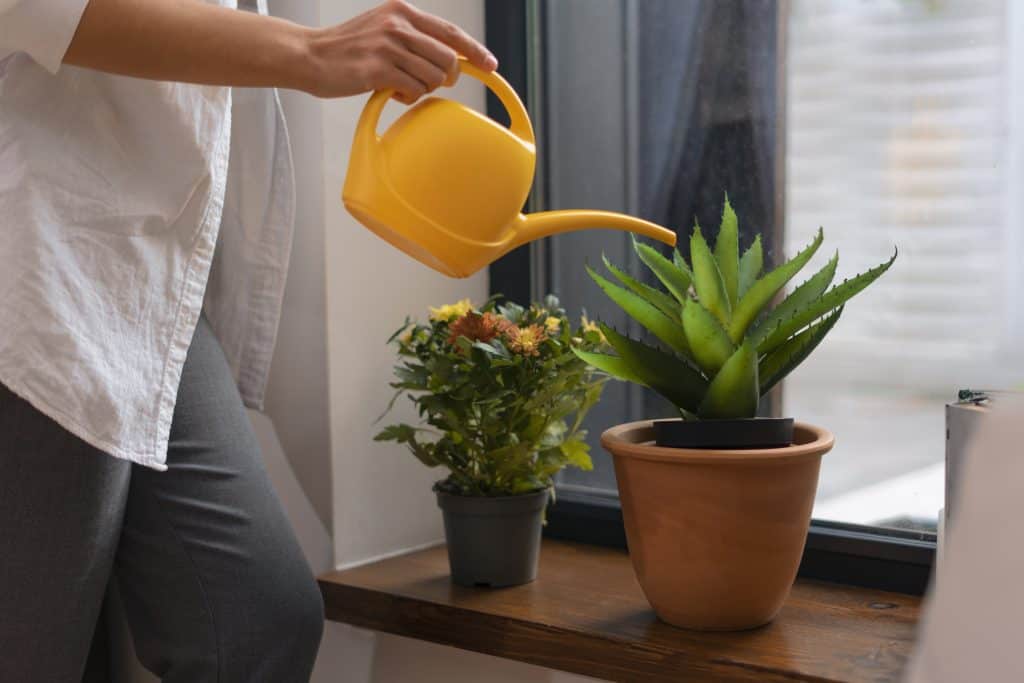
Cultivating a thriving Indoor Oasis requires attention and care to ensure the well-being of your cherished green companions. Here are essential maintenance tips to keep your indoor plants healthy and vibrant:
Watering Guidelines
Be mindful of each plant’s water requirements, as overwatering can lead to root rot and other issues. Allow the soil to dry out between waterings for most plants, adjusting the frequency based on factors like humidity and light conditions. Use a watering schedule that suits the specific needs of your plant collection.
Proper Lighting Requirements
Understand the light preferences of your indoor plants and position them accordingly. While some plants thrive in bright, indirect light, others prefer low-light conditions. Regularly rotate your plants to ensure even exposure to light, preventing uneven growth and ensuring the health of all foliage.
Humidity Management
Indoor environments can often be drier than what some plants naturally prefer. Increase humidity by misting your plants or placing them on trays filled with water and pebbles. Grouping plants can also create a microenvironment with higher humidity levels, benefiting those that thrive in tropical conditions.
Fertilization
Feed your plants with a balanced, water-soluble fertilizer during the growing season. Follow the recommended dosage on the fertilizer packaging and adjust based on your plant’s specific needs. Avoid over-fertilizing, as this can lead to nutrient buildup in the soil, potentially harming your plants.
Monitoring for Pests
Regularly inspect your plants for signs of pests such as spider mites, scale, or aphids. If detected, take prompt action to address the issue. Use organic insecticidal soaps or neem oil for a gentle and effective approach to pest control. Quarantine new plants before introducing them to your collection to prevent the spread of pests.
Pruning and Deadheading
Trim away yellowing or dead leaves to encourage new growth and maintain the overall aesthetic of your indoor oasis. Regular pruning also helps control the size of your plants, preventing overcrowding and ensuring optimal air circulation.
Repotting
Monitor the root health of your plants and repot them as needed. Repotting is essential for replenishing soil nutrients and providing plants with adequate space for growth. Look for signs such as roots emerging from the drainage holes, slowed growth, or the soil drying out quickly as indicators that repotting may be necessary.
Cleaning Foliage
Dust can accumulate on your plant’s leaves, hindering their ability to photosynthesize. Gently wipe the leaves with a damp cloth to remove dust and promote better light absorption. This simple act not only enhances the plant’s health but also contributes to the overall cleanliness of your indoor oasis.
Conclusion
In the embrace of the Indoor Oasis trend, our homes become sanctuaries of well-being and natural beauty. As we cultivate this trend, the future promises innovations in smart gardening, a commitment to sustainability, and a deeper integration of nature into our living spaces. Beyond the aesthetic appeal, the Indoor Oasis represents a timeless connection between humans and the restorative power of the natural world. As we tend to our indoor gardens, we not only transform our living spaces but also nurture a retreat that soothes the soul and enriches our daily lives. The Indoor Oasis is more than a trend—it’s a lifestyle that celebrates the enduring harmony between humanity and nature.
